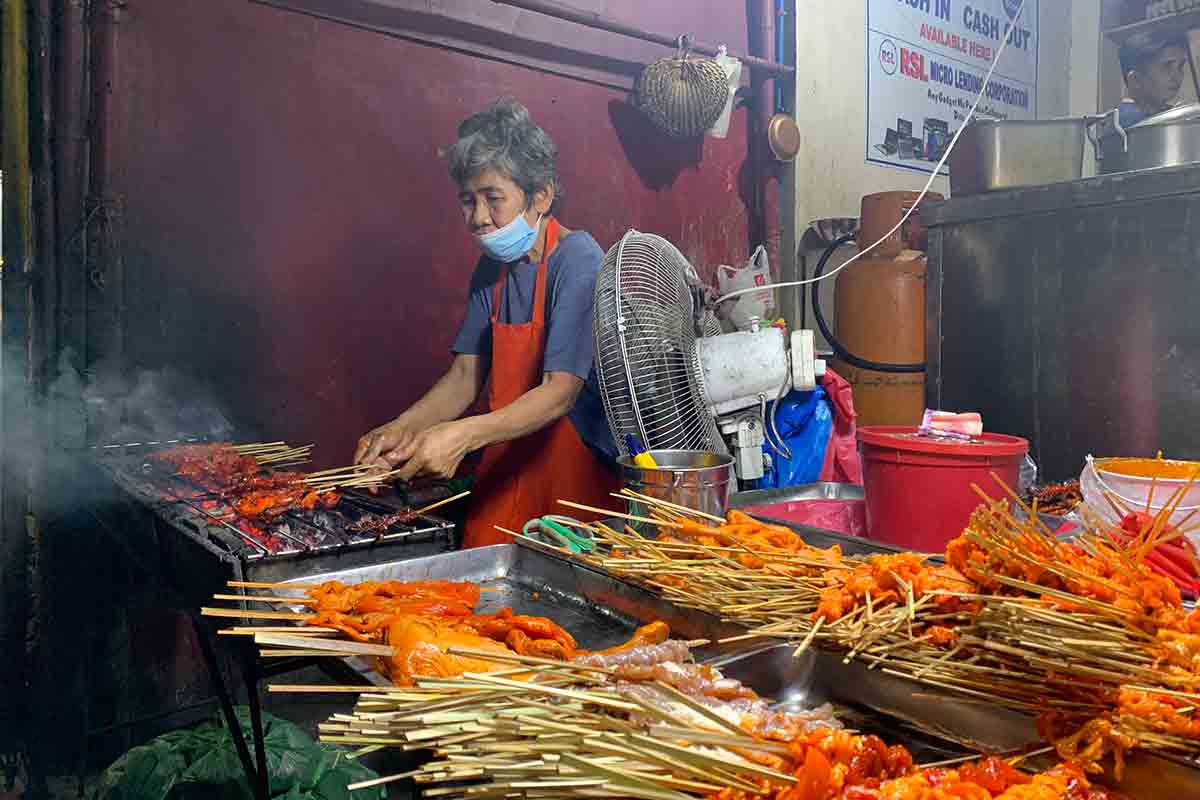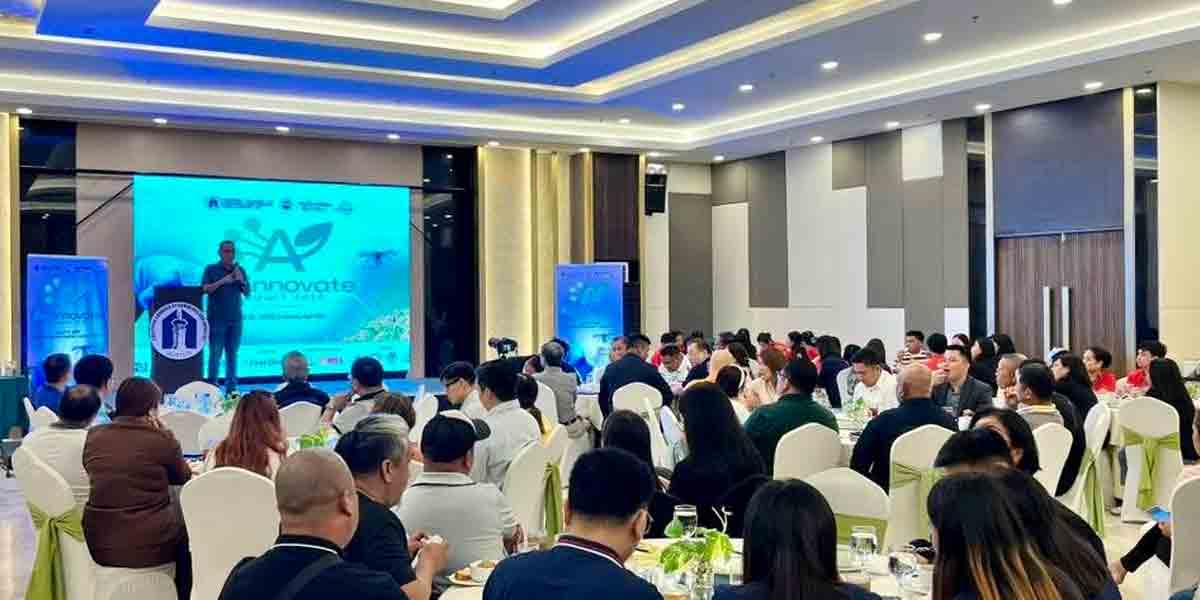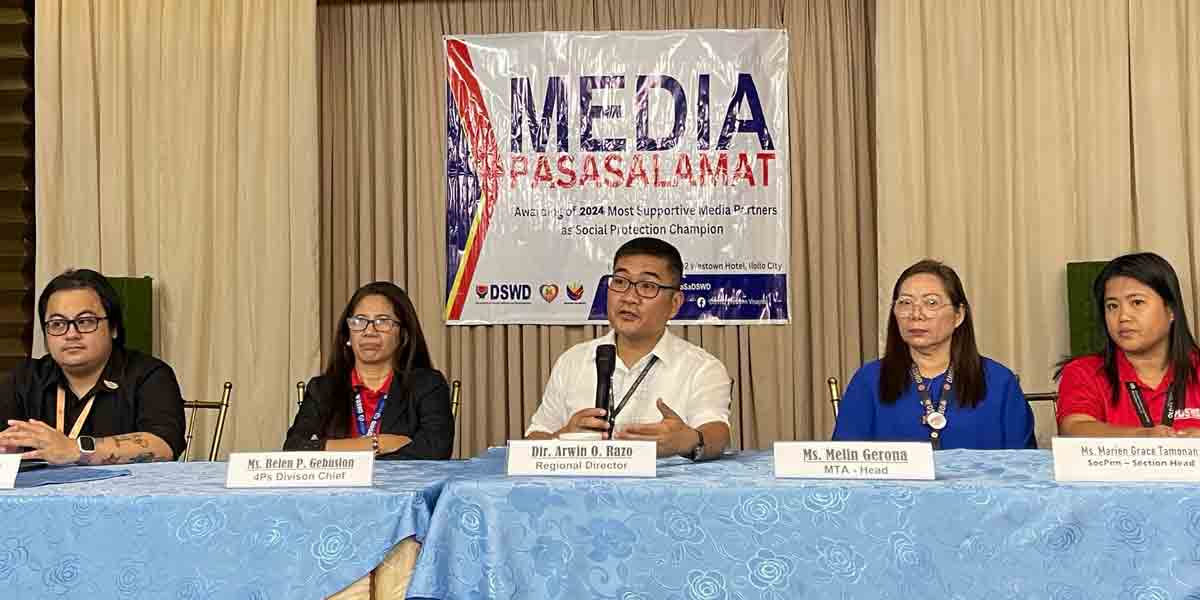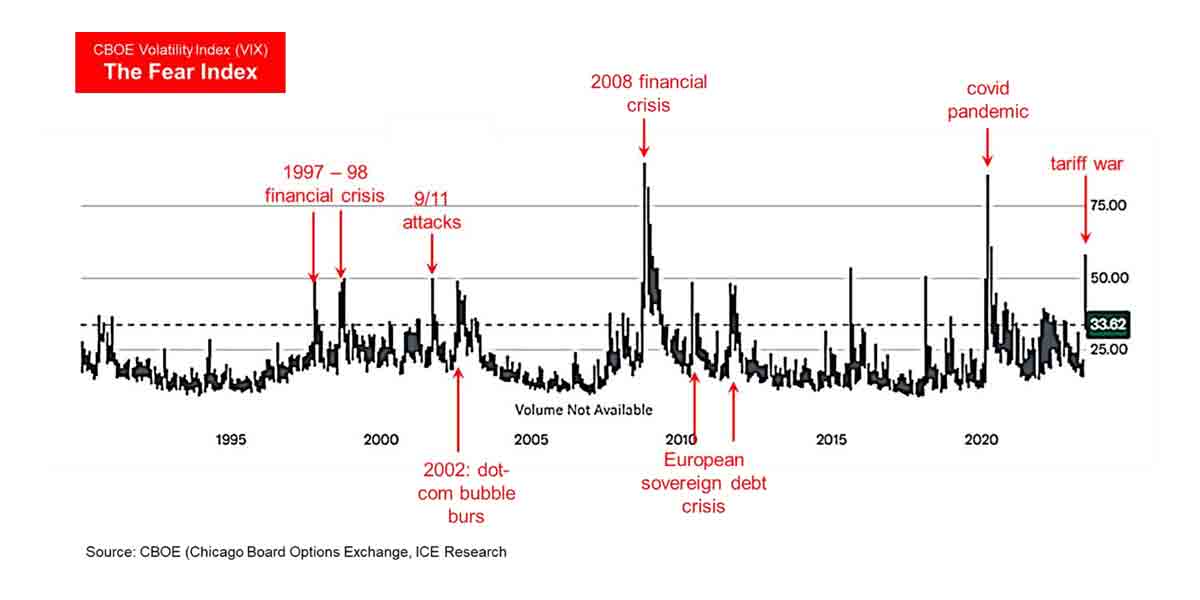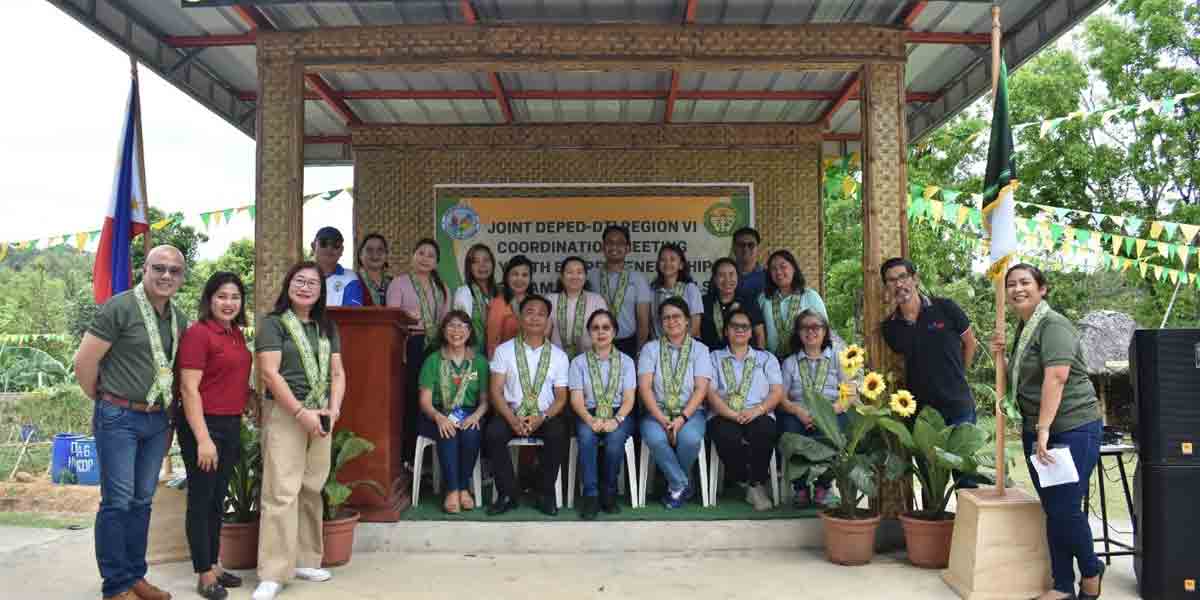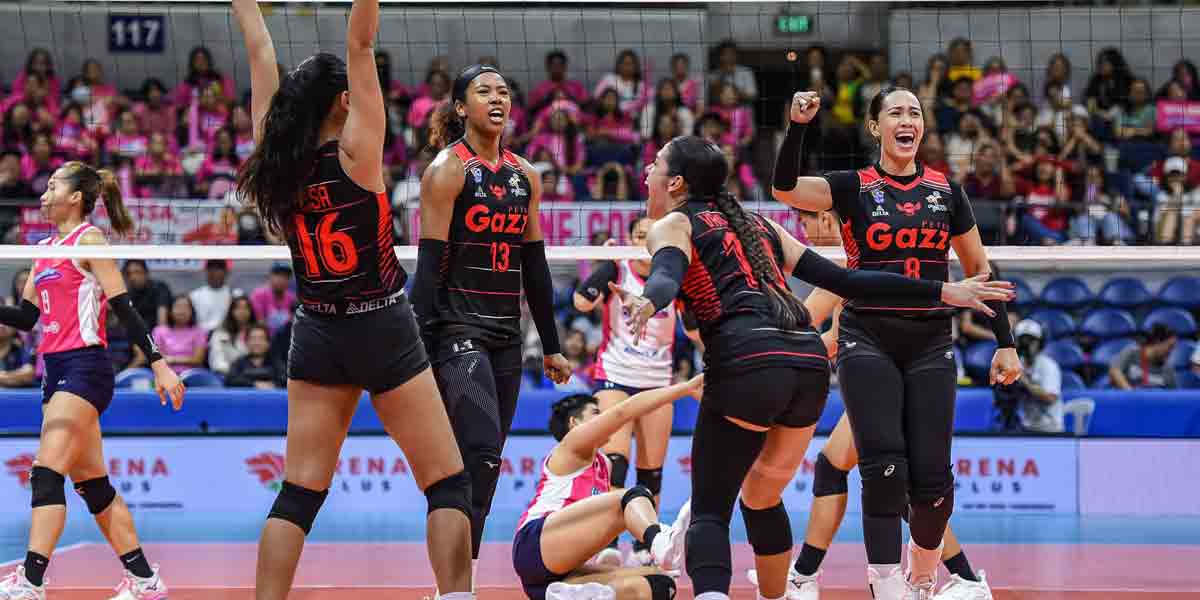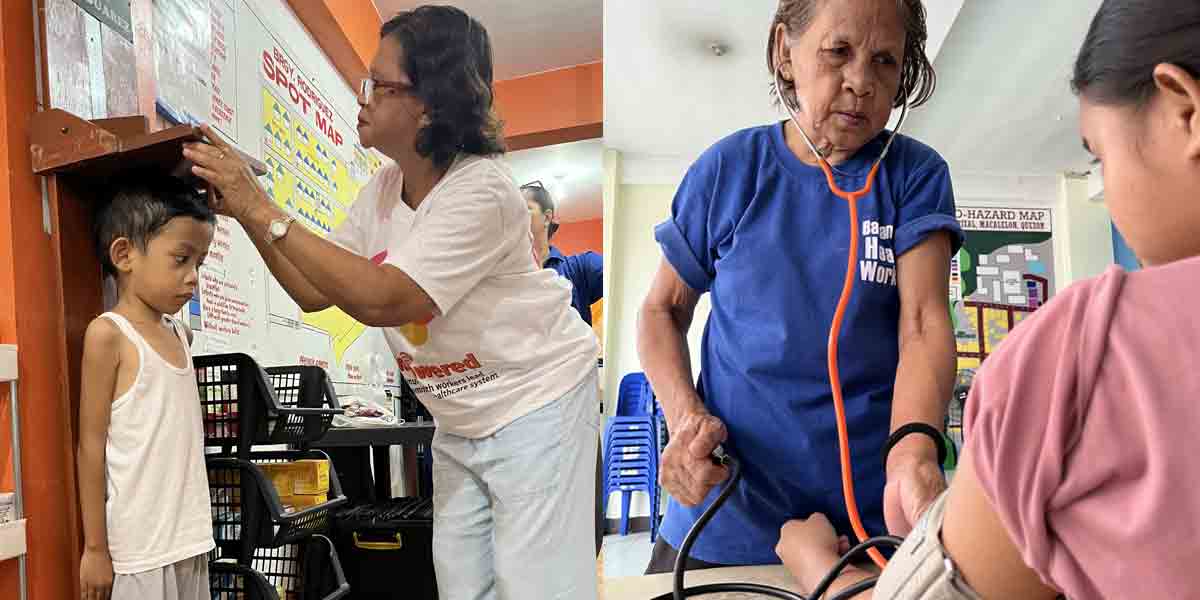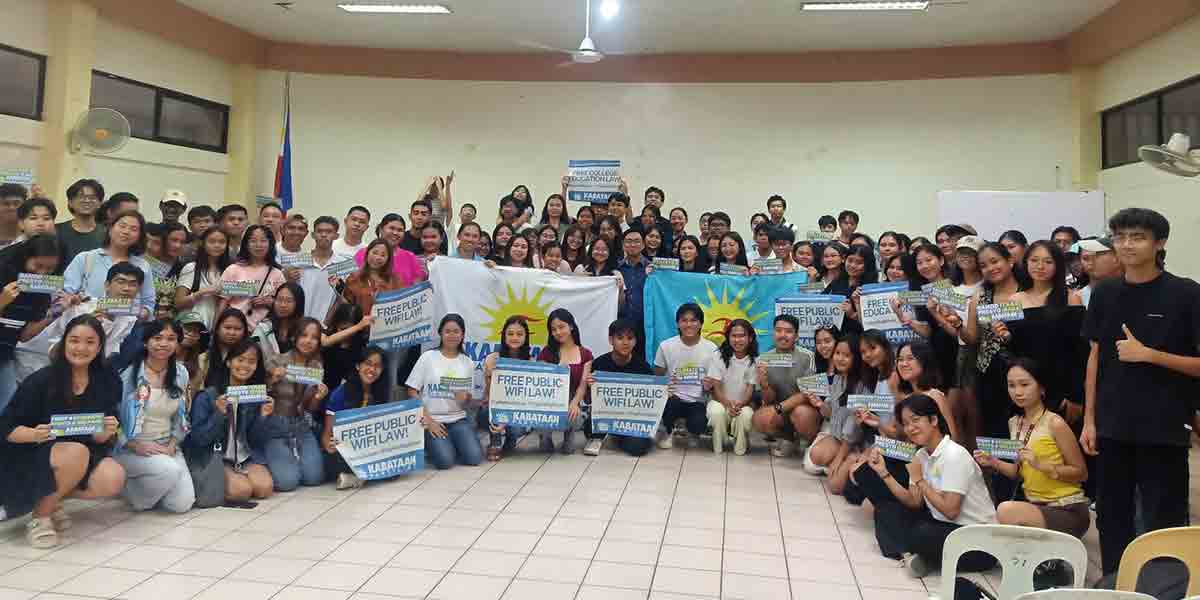The proposal to divide Iloilo City into two legislative districts, ostensibly to address the brewing political rivalry between Team Uswag and Team Gugma, raises questions about the real motivations behind redrawing political boundaries.
Former Ilonggo Senator Franklin Drilon and Mayor Jerry Treñas, both vocal proponents, argue that this division would alleviate political tensions and enhance local governance. However, a closer examination suggests that such moves often serve more to cement political dynasties and maintain power structures than to benefit the public.
The ongoing tension between Mayor Treñas and Rep. Julienne “Jamjam” Baronda has prompted calls to split the city into two districts. Drilon contends that this division will “avoid political contests without prejudicing public interests,” while Treñas insists it will bring relief and allow for focused development.
The push for this change, however, seems conveniently timed with the upcoming 2025 midterm elections, hinting at underlying strategic motivations rather than genuine public welfare concerns.
The move to reapportion Iloilo City is not new. It has been floated multiple times in the past by former congressmen Raul Gonzalez Jr. and Jerry Treñas himself.
Despite these efforts, the division never materialized, raising doubts about the urgency and sincerity of the current proposal.
If lawmakers were truly committed to ensuring fair representation and better governance, these changes should have been implemented long ago, rather than surfacing in the context of political expediency.
Proponents argue that Iloilo City meets the criteria for division based on population, land area, and income. The 2022 census by the Philippine Statistics Authority reported a population of 457,626, sufficient to justify an additional legislative district.
However, past attempts have stalled, including HB 3074, which failed to meet the population requirement despite approval from the House of Representatives.
As it is, the situation is now a question of priorities.
If the division truly aims to enhance public welfare, it must be accompanied by transparent, accountable governance and a genuine commitment to equitable development. The focus should be on addressing the needs of the populace, rather than manipulating boundaries for political gain.
The call for a “Safe and Non-Hazardous Children’s Products Law” by BAN Toxics, for instance, underscores the kind of proactive legislation that directly impacts public health and safety—priorities that should take precedence over political maneuvering.
As Iloilo City stands on the brink of a potential legislative reorganization, it is crucial for lawmakers to prioritize genuine public interest over political strategies. The administration, along with Congress, must evaluate the proposal critically, ensuring that any changes made serve to enhance democratic representation and public welfare rather than entrench existing power structures.
While the division of Iloilo City into two legislative districts might promise political calm and administrative efficiency, it is imperative to scrutinize the motivations and implications of such a move.
The focus should always be on the greater good of the community, ensuring that legislative changes are driven by public need and not by political preservation.

